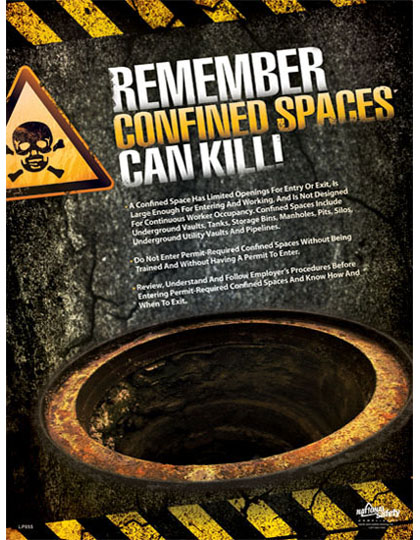OSHA recently issued the Enforcement Guidance for Personal Protective Equipment in General Industry. This is a directive that provides enforcement personnel with instructions for determining whether employers have complied with OSHA personal protective equipment (PPE) standards. The directive was effective February 10, 2011. Replacing Inspection Guidelines for 29 CFR 1910 Subpart I, the revised PPE Standards for General Industry which were issued in June, 1995, the updated standards include clarifying what type of PPE employers must provide at no cost to workers, and when employers are required to pay for PPE. It also provides guidance that lets employers use PPE that meets current consensus standards and updates PPE enforcement policies based on court and review commission standards.
These standards require employers to provide – at no cost to workers – protective equipment, such as goggles and face shields that fit properly without restricting vision; earplugs and earmuffs when they will reduce noise to acceptable levels, and are less costly than administrative and engineering controls; and respirators to protect workers from exposure to air contaminants. The directive lists PPE and other items exempted from the employer payment requirements and includes questions and answers useful in clarifying PPE payments concerns. The guidance can be downloaded as a pdf by visiting OSHA’s Safety and Health Topics page on PPE.
Workers are not always compliant.
Many companies have a problem with workers wearing the PPE that is furnished to them. In a 2010 survey of safety professionals attending the American Society of Safety Engineers annual conference, an exceedingly high 98 per cent of respondents said they had observed workers not wearing safety equipment when they should have been. Even worse, 30 per cent of these respondents said this had happened on several occasions. All survey respondents reported that workers’ compliance with PPE protocols was cited as the top workplace safety issue. These findings reflect the fact that safety decisions relating to PPE use are not just made at the management level. Individual workers make decisions on a daily basis to whether to follow PPE wearing protocols or not.
Most of the reasons for PPE noncompliance were different; however, the biggest complaint was that is was uncomfortable, selected by 40 per cent of respondents, in addition to:
- Not available near the work task;
- Poor fit;
- Too hot;
- Unattractive looking.
No matter the reason for not complying with the safety policies of wearing PPE, there must be things leaders can do to encourage compliance. Some of the ideas are: purchasing more comfortable PPE; increased monitoring of employees; incorporating compliance to individual performance evaluations; buying more stylish PPE; and developing incentive programs to encourage greater PPE compliance.
One of the complaints was that PPE was not always available near the work task. There are many products that make it very convenient for the employee – hardhats that have slots to accommodate hearing protection, winter liners, neck protection, and even a pencil holder. Glove Guards are easily hooked onto the belt loop to keep gloves ready for use. So this is simply a matter of looking into the detailed features of some ppe products, and seeing exactly what they provide.
Personal protective equipment products have come a long way to ensure comfort and looks. Polarized safety glasses are as stylish as those one would pay several times more in an optical store. Gloves are made in all styles for men, and also designed to fit the smaller hands of women – and are available in pink! Team and patriotic hardhats ensure compliance for those workers who enjoy showing team support. Those who make the choices on what’s right for their employees should shop around and see just what all is available for workers to help them feel good about their PPE, as well as knowing it will help keep them safe (when worn).
Source: Kimberly Clark Professional
